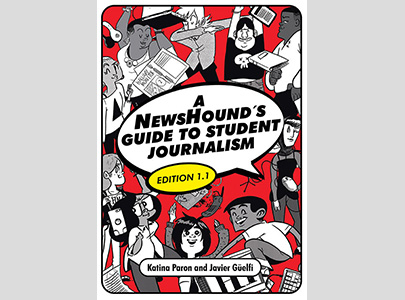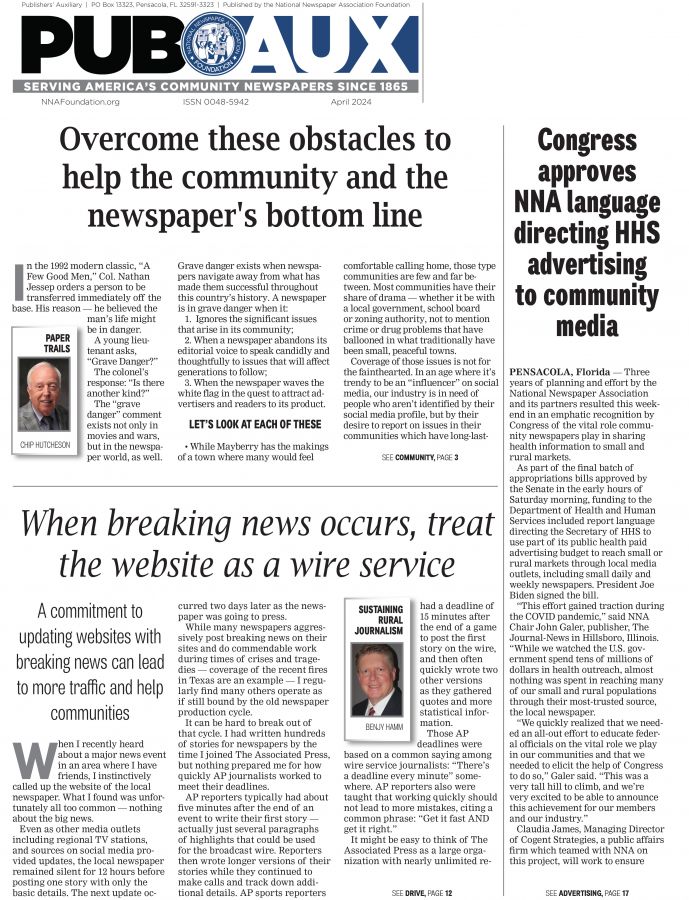Why not tell it to Mom?
Jerry Bellune
Nov 1, 2021

Many of us have problems writing conversationally.
As fact gatherers, we often write stenographic reports.
We hold our readers at arm’s length.
Here’s an example:
Our friend George James reported on crime for The New York Times.
One of his stories was about an apartment house fire that killed the owner and four tenants.
The article he sent to the city desk read like a police report.
It contained 47 words with the who, what, when, where and how of the story.
He showed me his original lead. It read:
“Samuel Smith collected people and furniture.”
Neighbors told George the big-hearted building owner collected used furniture for apartments he rented to people who could not pay him.
The editors made him rewrite a story told in human terms.
Some editors are unwisely wed to the inverted pyramid.
Think about this: If you were to tell your mother about this story, what would you say to her?
You might write: “Mom, this guy Samuel Smith had a big heart.
“He let people live in his building even if they could not pay rent.
“In a fire last night, he and four of them died.”
You can tell it to your readers similarly.
If you can tell it to Mom, you can tell it to the world.
Next month, we’ll discuss how to open with a story.
Jerry Bellune, writing coach and editor, is the author of “The Art of Compelling Writing, Volume 1.” The $9.99 digital book is available to Pub Aux readers for $4.99. Contact him at JerryBellune@yahoo.com.










